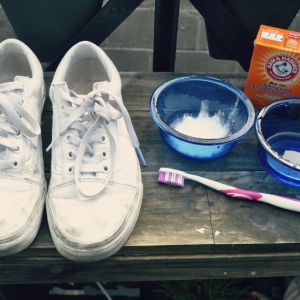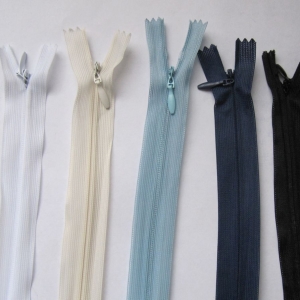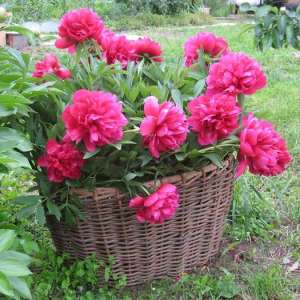It turns out that by all the manna porridge unloved in childhood is a very useful product. It contains the smallest amount of fiber, but at the same time rich in nutrient elements and is easily absorbed by the body. That is why the manna groove is suitable as the first dust of infants and for the nutrition of people in the postoperative period, as well as those who adhere to the diet. Many people remain and incomprehensible the process of production of cereals, but this article will open all the secrets for you.
What makes semolina - production process
The product has gained popularity and has become massively used quite recently. In the ancient Russia, the manna groove was considered a delicacy and was served on the table only in rich families, as it was produced in very small volumes.
- The basis of the cereals is wheat, but a certain variety and low gluten content. Manage manually can not be made. In its production, a special technique is involved, a complex process of selection and preparation of grains. The semolina croup is also called incense.
- Grinding cereals on flour combines. The process of production of the manouse begins with the analysis of grain in a special laboratory, where the percentage of gluten content is determined and the presence of harmful impurities.
- Then the selected wheat on conveyors enters the elevator (special storage). This is not just one room, but a number of rooms on several floors. Here the product is subjected to tempering. This procedure allows you to compact grain, then it is cleaned and washed.
- The next stage is the crushing of grain using coarse grinding technology. In this case, the product is cleaned and the core is released from the outer layer. A strong stream of air the outer shell is cleaned. Then this part of wheat is grouped and sieved. So grain passes various technological processing.
- An important grain processing process is a bran separation. As a result, the product is divided into two zones. In one, the white grains of the finished peeled cereals are replaced, and the outer sheath is in one more heavier pieces of wheat. Thus, the Manka reduces the amount of fiber in the composition and decreases the fat content.
- Although the Manna Groza is ready for the sale, she once again check employees in the control department for various impurities, foreign smells, colors and extra liquid. Some plantations omit this stage of product production, so be careful when buying.
- It should also be taken into account that the lattice can have a different shade. It is possible to determine the high-quality semi-grade cum in a uniform white color. But on sale you can meet a semolina ceremony from cream color to yellow. By shade, you can determine the quality of the product.

Manna Cropa - what kinds are
In addition to the color and degree of grinding, the product is distinguished by types. It would seem that the manka is a manka. But depending on its species, dishes with varying degrees of crumbling and calorie content are obtained.
- Type of manna cereals involves the use of different varieties of wheat and is indicated by three categories. Before purchase, carefully examine the packaging on which the Manka marking must be.
- If the product is made of wheat solid, it has the designation "T". The process of production of this type of semolina is considered the most time consuming. Such a product you can determine the transparent grapples of a yellowish or cream shade.
- Dishes from such cereals are obtained more saturated, with a subtle taste, and cereal becomes crumbly. Most often, this bathhouse is added to the mince, casserole and various desserts are prepared from it.
- When using wheat soft varieties, a manca with the designation "M" is obtained. Cropa has a lower cost, since the process of its production is cheap. This type of product is highlighted in white with opaque grades.
- In the dish, such a manka is rapidly welded and increases many times in volume. Porridges are obtained with a pleasant light taste, homogeneous consistency, viscous and more liquid. Most often, the gentle of wheat is used for the preparation of children's mixtures.
- You can also celebrate the marking of manna groats "TM". This means that you have a mixture of cereals from soft and solid wheat varieties. Most often such a ratio of croup is used: 80% of soft and 20% solid grains.
- Choose a variation of Manka depending on what kind of dish you will cook for and for whom. But note that when cooking cereals on milk, its calorie content increases to 330 kcal per 100 grams of the finished dish. While the water turns out porridge with calorie content in 80 kcal.
- Regardless of the type of product, its storage is equally in a dry glass or ceramic container with a dense lid.

The process of production of manna groats involves several stages, from which the product is obtained by the most useful and nutritious. In addition, every kind of Manka will be able to make your dish with the original and most delicious.
You can learn more about the process of manufacturing the product from this video:

















